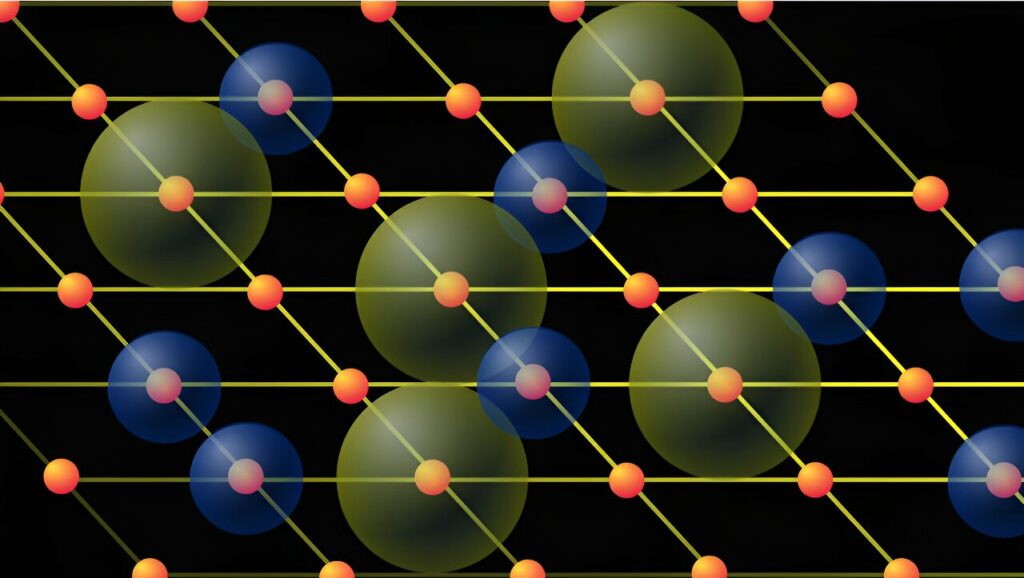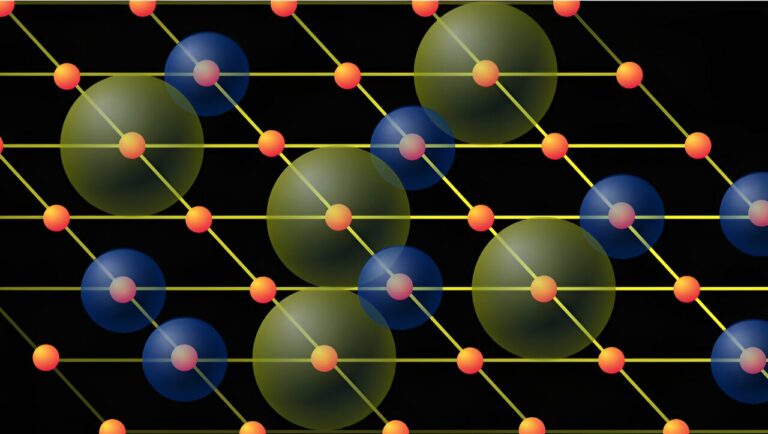A novel blueprint for quantum computers
Developing a quantum computer that possesses enough power to solve problems beyond the capabilities of current computers remains a significant challenge for quantum physicists. However, a well-functioning quantum simulator, which falls under the category of quantum computers, has the potential to uncover new insights into the workings of the smallest scales of the world.
Natalia Chepiga, a quantum scientist from Delft University of Technology, has recently devised a comprehensive guide on enhancing these machines to enable them to simulate even more intricate quantum systems. The findings of this study have been published in Physical Review Letters.
According to researcher Natalia Chepiga, the creation of practical quantum computers and quantum simulators is a highly significant and widely debated subject in the field of quantum science today, as it holds the potential to revolutionize society. Quantum simulators, being a type of quantum computer, are specifically designed to address unresolved issues in quantum physics and advance our comprehension of the natural world. Furthermore, quantum computers are expected to find extensive applications in various domains of everyday life, such as finance, encryption, and data storage.

Steering wheel
Chepiga emphasizes the importance of having control over a quantum simulator in order for it to be useful. He compares it to a car without a steering wheel, which can only move forward but cannot change direction. Such a car would only be useful if you need to go in a specific direction; otherwise, it would not serve its purpose. Similarly, in order to create a quantum computer that can uncover new physics phenomena, we need to have the ability to manipulate and tune it. Chepiga proposes a protocol in his paper that allows for the creation of a fully controllable quantum simulator.
This protocol acts as a recipe, outlining the necessary ingredients for a tunable quantum simulator. In the traditional setup, rubidium (Rb) or cesium (Cs) atoms are targeted by a single laser, causing them to become excited and gain energy. However, Chepiga demonstrates that by using two lasers with different frequencies or colors, we can excite these atoms to different states, thereby enabling the tuning of the quantum simulator to various settings.
The protocol introduces an additional dimension to what can be simulated. Chepiga uses the analogy of seeing a cube as a sketch on a flat piece of paper versus having a real 3D cube that can be touched, rotated, and explored in different ways. By incorporating more lasers, it is theoretically possible to add even more dimensions to the simulation.
Simulating many particles
Chepiga explains that simulating the collective behavior of a quantum system with numerous particles poses a significant challenge. When considering factors such as the interaction of multiple particles, temperature, and motion, the number of calculations required becomes overwhelming for conventional computers or even supercomputers.
Quantum simulators, on the other hand, consist of entangled quantum particles. This entanglement represents a form of mutual information shared among the particles, enabling them to surpass the computational limitations previously mentioned.
This article is republished from PhysORG under a Creative Commons license. Read the original article.
Do not forget to share your opinion with us to provide you with the best posts !




0 Comments